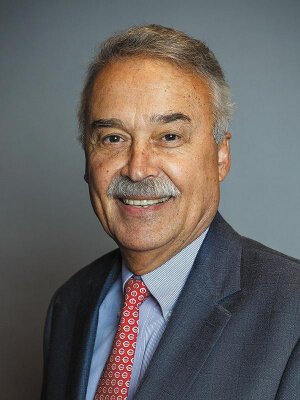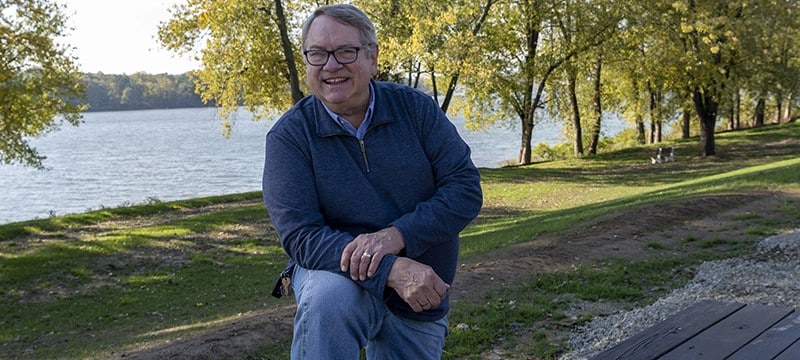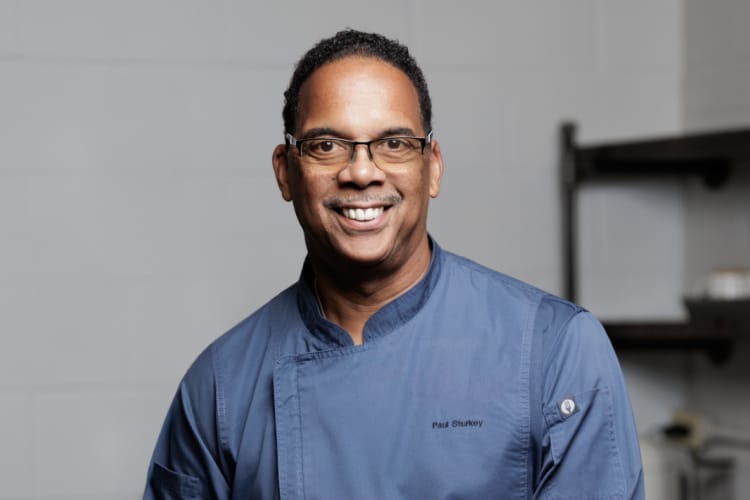Cincinnati’s Hispanic Chamber of Commerce fills many roles
President Alfonso Cornejo describes needs of area’s growing Hispanic population.

During the 1980s, Anthony Muñoz was a local icon (and, to many, remains one). As a future Hall of Fame offensive tackle for the Bengals, “The Eraser” was the steadfast face of the franchise. His high profile included participating in United Way commercials that aired during Bengals games. One such commercial featured Muñoz participating in a celebration with a roomful of Hispanic individuals. Reportedly, because of Greater Cincinnati’s then-miniscule Latino population, arranging a roomful of Hispanic celebrants required recruiting families from Indianapolis, Louisville, and other regional cities to supplement the local population.
Arranging such a commercial would be a far less arduous task today. The celebration of Cinco de Mayo, when the Mexican army fought off French invaders in Puebla on May 5, 1862, will take place the weekend after next. However, by many accounts it is a far more American celebration than Mexican and regarded as a pan-Hispanic tribute to cultural connection.
As such, it’s a fitting time to speak with Alfonso Cornejo, president of the Hispanic Chamber Cincinnati USA (HCCUSA), about the area’s growing Hispanic population and its complex, evolving needs.
How long have you lived in Cincinnati and been involved with HCCUSA?
I first moved here from Mexico City in 1988, where I worked for Procter & Gamble as a chemical engineer. After several years working here for P & G, I moved on to roles with Clorox and later Chiquita. The [HCCUSA] was founded in 2001. I became involved 19 years ago and have been its president for the past 14 years.
The region’s Hispanic population growth has been tremendous.
Certainly. According to the 2000 U.S. Census, Hamilton County’s Hispanic population was 2%. In 2010, it totaled 3.2%. For the 2020 Census, it grew to 4.2% Within the city of Cincinnati, the Hispanic population is 5.2%. I know that seems substantial growth percentage wise, but it’s still a very small population compared to Chicago, which is 25% Hispanic. No other city in the Midwest is even close to that.
Where do local Latino residents primarily live?
Our population is very clustered. Approximately half of the regional Hispanic population is concentrated in Price Hill, Norwood, Hamilton, Fairfield, and Covington. The Census data shows that 55% come from Mexico, 15% from Puerto Rico, and 11% from Guatemala. The number immigrating from Venezuela and Cuba are also rising significantly.

What makes Cincinnati appealing to potential Hispanic residents?
Culturally, there’s so much here for an excellent quality of life: professional sports, the Zoo, symphony, great restaurants. I think our low cost of living is also extremely important. Cities like Chicago, New York, Dallas, and Atlanta have become cost-prohibitive for many working- and middle-class families. We have a lot more available housing, which I think our city could do a better job of promoting. The more we promote growth, the healthier our tax base and the better our city, county, and region can provide for residents’ needs.
How many organizations are part of the HCCUSA? In what industries do local Hispanic residents most commonly work?
We have around 280 members, from sole proprietor firms to very large companies. Prior to COVID19, we had 350 businesses participating in our organization, but the pandemic created challenges for many businesses.
Hispanic professionals have many opportunities with large employers here such as GE, P & G, and financial institutions. The largest number of working-class Latinos work in restaurants and construction. There are now 240 Latino restaurants in the metro area, which provide 4,000-5,000 jobs that sustain them and their families.
What makes your organization unique?
Traditional Chambers of Commerce are focusing strictly on economic development. We do that, but we also help connect members who need such services to charities that help the Latino community. There are only three charities – Su Casa, Santa Maria, and Esperanza in Northern Kentucky – and it’s difficult for them to reach everyone. It’s a priority for us to support members.
One of our signature events is Cincy-Cinco over Cinco de Mayo weekend, and after we’ve paid our expenses, all remaining revenue goes to charities and medical facilities that support the Hispanic community.
How do you think the organization will evolve?
Currently, 90% of our revenue comes from memberships dues, with the rest obtained through small grants. We would like to increase our grant-writing efforts to increase our funds. We’d like to be able to provide more professional development opportunities to our community. There’s a movement towards more people becoming entrepreneurs, and we would like to be able to provide that kind of support.
For more details about Cincy-Cinco including program schedule and participating restaurants, visit cincy-cinco.com.















